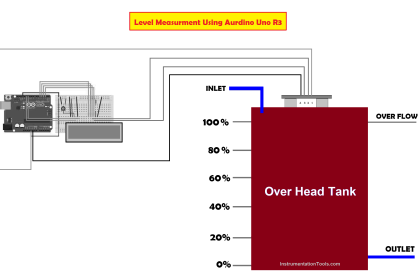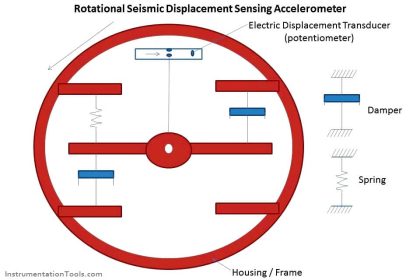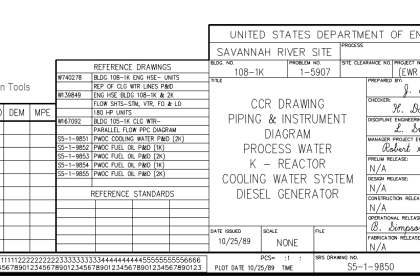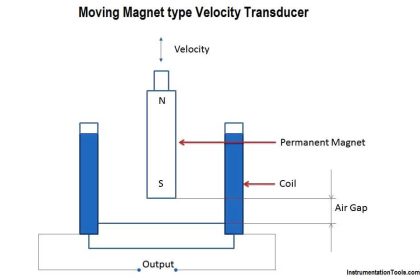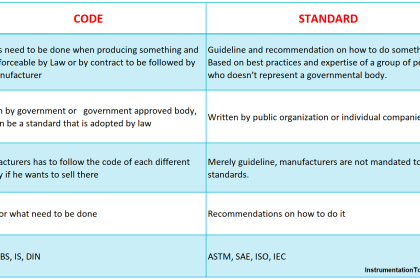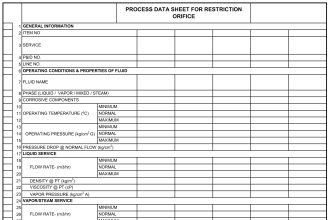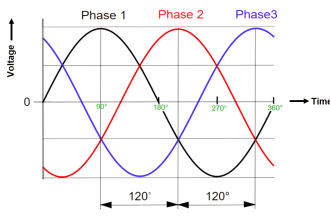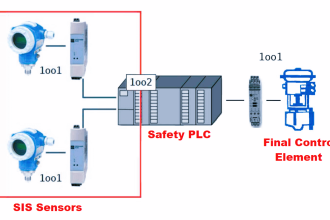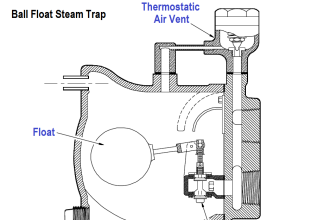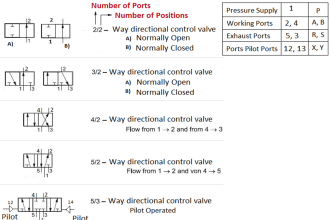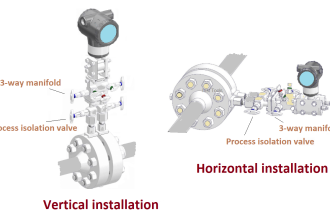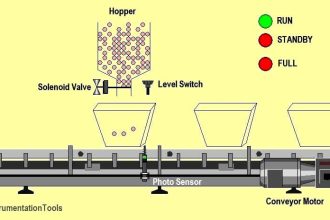In this post, we will see the working of a touch sensor.
Touch sensing is one of the most widely used technologies in today’s world. Almost every electronic thing in today’s time is going touch, be it from a small smart-watch to a big laptop.
As the name implies, a touch sensor is the one that senses touch and converts this action into electrical energy to pass on the information to the processor.
Touch Sensor
Touch makes work easier because you feel the real-time experience of what you want and as touch reaches each and every corner of the screen; you get more access to the navigations and buttons available on the screen.

If you want to understand the working principle of the touch sensor, you need to get through the two most basic ones – resistive and capacitive.
Let us see both of them one by one.
Resistive Touch Sensor
As the name implies, it uses resistance as a means to define where the touch has been done. It consists of two layers – one conductive and one resistive.
The upper layer is the conducting one where the touch is done and the lower layer is the resistive one where the touch sensing information is passed on to the processor.
The conductor mostly used in both the layers is indium tin oxide. Both these layers are separated by a thin gap or air.
Current is always flowing through both layers. When you press the finger or stylus against the upper layer, the pressure of touch changes the resistance value (increase in voltage).
The lower layer detects this change and through its computed algorithms, determines the coordinates of the touch and thus, the position of touch is determined.
Capacitive Touch Sensor
This is one of the recently developed technologies in touch sensing. Unlike resistive touch which depends on mechanical input pressure from the finger or stylus, capacitive touch depends on the electric conduction from the human body.
A human body’s natural conductivity is used to detect the touch. It consists of electrons and atoms which allows a small flow of electricity.
The sensor contains two parallel conductors with an insulator between them. These conductors act as a capacitor with a capacitance value. The conductor mostly used in both the layers is indium tin oxide or copper oxide.
Now, when the finger touches the screen, the finger acts as a conductor. This additional conduction increases the capacitance of the second conductor layer.
Basically, the static electricity from the finger is transferred to the second layer of conduction. This disturbs that particular electrostatic field in the conductor layer.
With the help of computations from the processor, the circuit can determine where this disturbance occurred, and thus, you get the touch point of the finger.
For your information, it is to be noted that there are two types of capacitive screens – projective and surface.
Projective type is a tight grid of special sensor chips, and surface type is a combination of itsy bitsy sensors in the corners. But, whatever its type, the basic working is the same.
